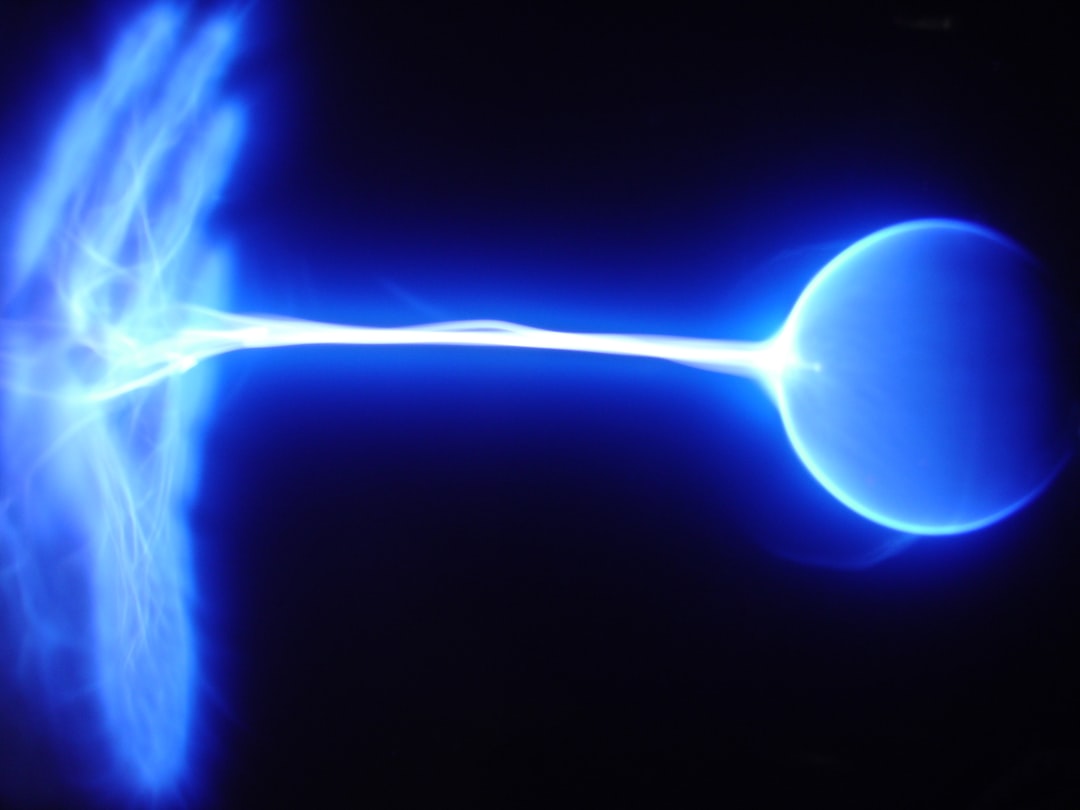What is it about?
Transient synchronization of neurons can be used for computations in the brain, whereas a fully synchronized network is often associated with seizure onset in epilepsy. Here, we introduced a homeostatic synaptic mechanism that is capable of self-organizing a network of heterogeneous neurons toward a synchronization critical point. The dynamics of the homeostatic network shows transient oscillations, optimal input reverberation and avoids full synchronization. Our approach is in contrast to previous attempts to suppress synchronization based on control theory: our mechanism represents an intrinsic homeostasis of the network via negative feedback instead of controlling the dynamics via external drive.
Featured Image

Photo by Hal Gatewood on Unsplash
Why is it important?
Our model can be regarded as a proxy for optimal computations by transient synchronization, since inputs linger in the network activity for long times, making great memory buffers. Similar transient oscillations have recently been observed in magneto and electroencephalography recordings. Animals present several homeostasis that control biological processes. For example, noisy homeostasis near a synchronization transition has been recently proposed to describe the sensitivity of the snake pit organ. Moreover, we were able to explain two routes to the onset of epileptic seizures: one through loss of homeostasis (related to impaired neuromodulation of excitation), and another via synchronization-inducing inputs that could lead to very long reverberation of oscillations in the network.
Perspectives
In this new era of Neuroscience, understanding how the brain processes information and how seizures start are significant challenges. Experimental techniques are improving, allowing us to see microscopic details more clearly and precisely over space and time, giving us new insights into how behavior is connected to brain activity. However, these observations need to be backed by theoretical models. Hence, our model comes in handy, since it offers explanations and predictions that can be compared to experiments, helping us better understand both brain functions and seizures.
Mauricio Girardi-Schappo
Universidade Federal de Santa Catarina
Read the Original
This page is a summary of: Optimal input reverberation and homeostatic self-organization toward the edge of synchronization, Chaos An Interdisciplinary Journal of Nonlinear Science, May 2024, American Institute of Physics,
DOI: 10.1063/5.0202743.
You can read the full text:
Contributors
The following have contributed to this page










